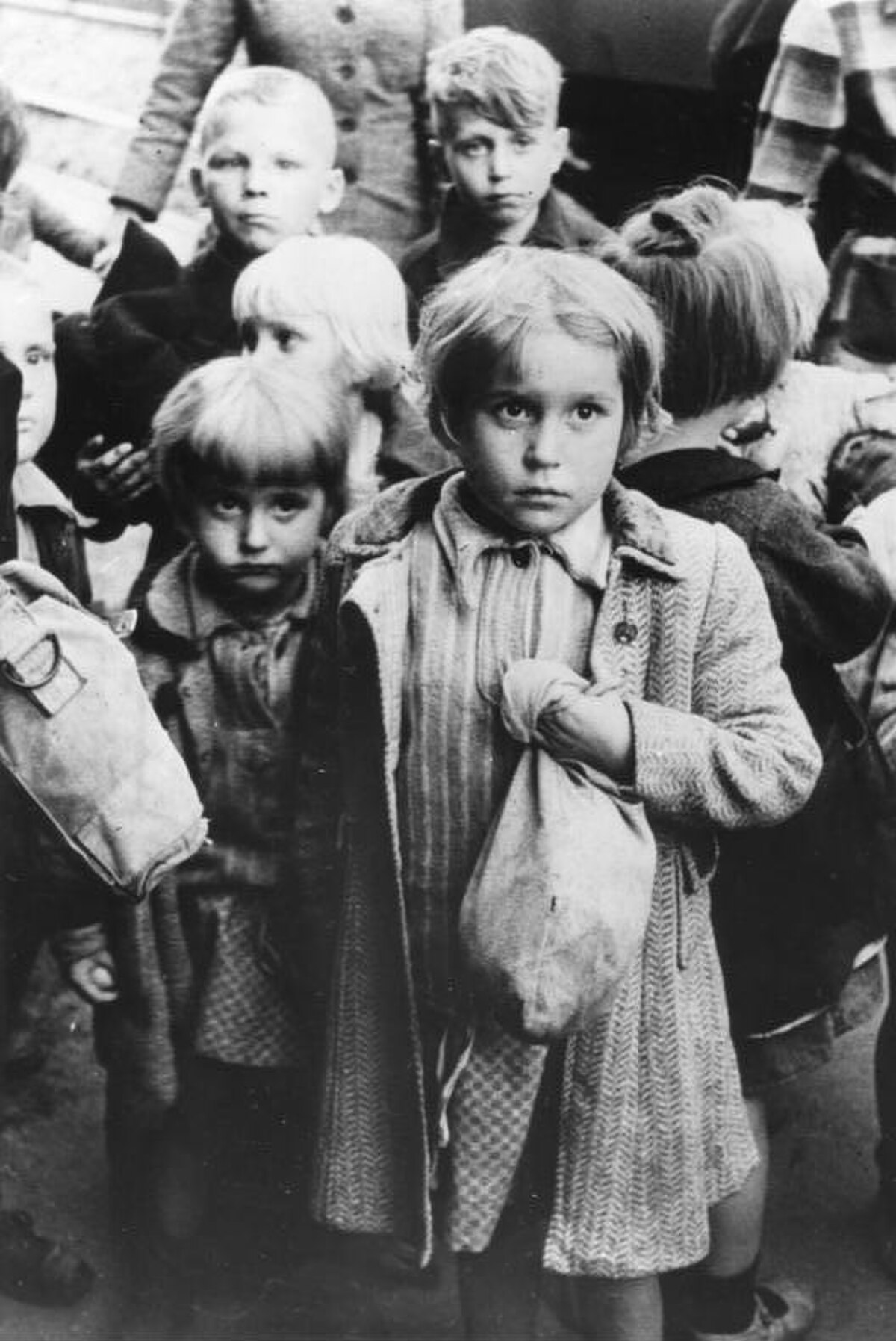
Post World War II Germany
GermanyAs a consequence of the defeat of Nazi Germany in 1945 and the onset of the Cold War in 1947, the country's territory was shrunk and split between the two global blocs in the East and West, a period known as the division of Germany. Millions of refugees from Central and Eastern Europe moved west, most of them to West Germany. Two countries emerged: West Germany was a parliamentary democracy, a NATO member, a founding member of what since became the European Union as one of the world's largest economies and under allied military control until 1955, while East Germany was a totalitarian Communist dictatorship controlled by the Soviet Union as a satellite of Moscow. With the collapse of Communism in Europe in 1989, reunion on West Germany's terms followed. Around 6.7 million Germans living in "west-shifted" Poland, mostly within previously German lands, and the 3 million in German-settled regions of Czechoslovakia were deported west.
The total of German war dead was 8% to 10% out of a prewar population of 69,000,000, or between 5.5 million and 7 million people. This included 4.5 million in the military, and between 1 and 2 million civilians. There was chaos as 11 million foreign workers and POWs left, while soldiers returned home and more than 14 million displaced German-speaking refugees from both the eastern provinces and East-Central and Eastern Europe were expelled from their native land and came to the western German lands, often foreign to them. During the Cold War, the West German government estimated a death toll of 2.2 million civilians due to the flight and expulsion of Germans and through forced labour in the Soviet Union. This figure remained unchallenged until the 1990s, when some historians put the death toll at 500,000–600,000 confirmed deaths. In 2006, the German government reaffirmed its position that 2.0–2.5 million deaths occurred.
Denazification removed, imprisoned, or executed most top officials of the old regime, but most middle and lower ranks of civilian officialdom were not seriously affected. In accordance with the Allied agreement made at the Yalta Conference, millions of POWs were used as forced labor by the Soviet Union and other European countries.
In 1945–46 housing and food conditions were bad, as the disruption of transport, markets, and finances slowed a return to normal. In the West, bombing had destroyed the fourth of the housing stock, and over 10 million refugees from the east had crowded in, most living in camps. Food production in 1946–48 was only two-thirds of the prewar level, while grain and meat shipments – which usually supplied 25% of the food – no longer arrived from the East. Furthermore, the end of the war brought the end of large shipments of food seized from occupied nations that had sustained Germany during the war. Coal production was down 60%, which had cascading negative effects on railroads, heavy industry, and heating. Industrial production fell more than half and reached prewar levels only at the end of 1949.
The U.S. shipped food in 1945–47 and made a $600 million loan in 1947 to rebuild German industry. By May 1946 the removal of machinery had ended, thanks to lobbying by the U.S. Army. The Truman administration finally realised that economic recovery in Europe could not go forward without the reconstruction of the German industrial base on which it had previously been dependent. Washington decided that an "orderly, prosperous Europe requires the economic contributions of a stable and productive Germany".
